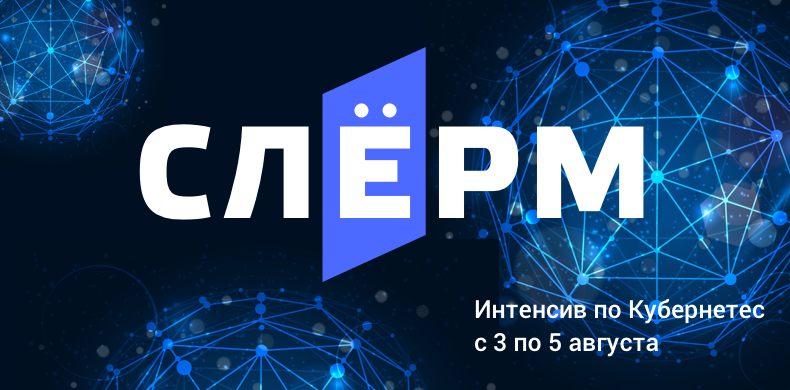
Kuburnetes is a hot topic: there are not enough administrators who know Kuburnetes that customers ask Southbridge to rent a k8s specialist for an indefinite lease. So go on the intensive - a good chance to push your career forward, get a pay rise or get an admin in a large company. You can evaluate the level of teaching on the free webinar of the Kubernetes Network from the Inside. But first things first.
In Southbridge there are 2 Jedi who pull the most complex implants. And Kuburnetes, in general, has a considerable threshold for entry: there are no simple projects, it is impossible to gradually master wisdom, you must immediately climb into the wilds. A logical thought was born: let the Jedi pull the rest of the staff, so that they were ready to take a serious client.
A dozen of our administrators from across the country will study, and one teacher lives in Montenegro. To conduct an intensive, you need to collect all, rent a hotel and a conference room, hire staff, organize servers for practical exercises, broadcasting, entertainment. If we still organize such an event, it is foolish not to make it open.
If you are administering or developing, know Docker, Ansible and Git quite well, and you want to master Kubernetes, come to Slurm.
The main thing in such events is the personality and level of the teacher.
Intensive lead Sergei Bondarev and Pavel Selivanov.
Word of Pavel Selivanov:
“Kubernetes as a full-fledged orchestrator of containers solves many problems, including the organization of network interaction between containers. Here lies a huge number of nuances and implementation options.
If the network interaction between the master components of the cluster is incorrectly constructed, you can get a collapsed production at the most unexpected moment. I had to fix the infrastructure in which to interact with the kube-controller-manager and kube-scheduller with the kube-api we used VRRP balancers. The idea is good: get the fault tolerance of all components, ensuring the balancing of requests for kube-api. Unfortunately, this approach does not take into account possible delays in moving IP addresses using the VRRP protocol. This led to the fact that one day the kube-controller-manager, experiencing problems connecting to the kube-api, as a result of an overly complicated interaction scheme, decided that some nodes in the cluster became “Not Ready”, and the cluster began to transfer applications. As a result, the remaining nodes overflowed, and some containers simply did not fit. Which in turn caused downtime in production.
I easily fixed the problem by removing the extra link in the form of balancers. All master components began to interact with each other through a stable localhost.
You will learn about such features only by experience - on your own or on someone else's. ”
With the experience of Paul, everything is in order: 20 implementations of Cubernette in the team, and 5 personal. This includes a subsidiary of Sberbank (the infrastructure that processes data on mortgage loans) and a financial broker (the infrastructure through which trading is conducted on the stock exchange).
There is a good chance to see Paul live, evaluate the level and learn something. July 4th at 7:30 pm he holds a free webinar for Kubernetes Networks from the inside.
Webinar program:
- How networks are organized in Kubernetes.
- What is behind the abstraction Service.
- What happens inside the Ingress Controller.
Register for the webinar here .
All the details about Slurm, including prices - here .